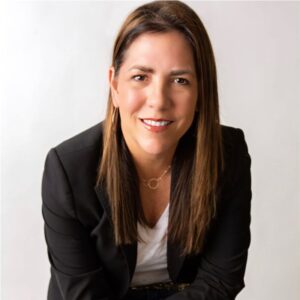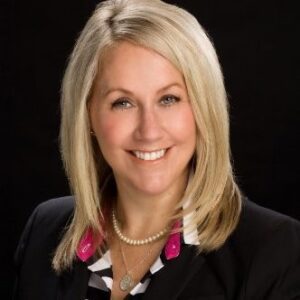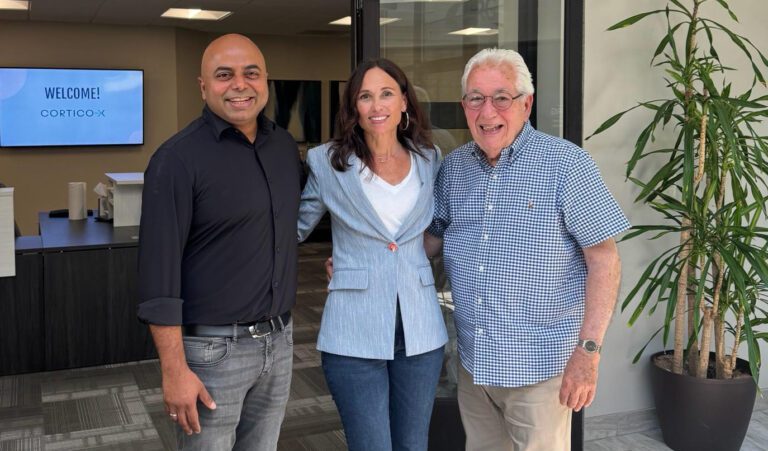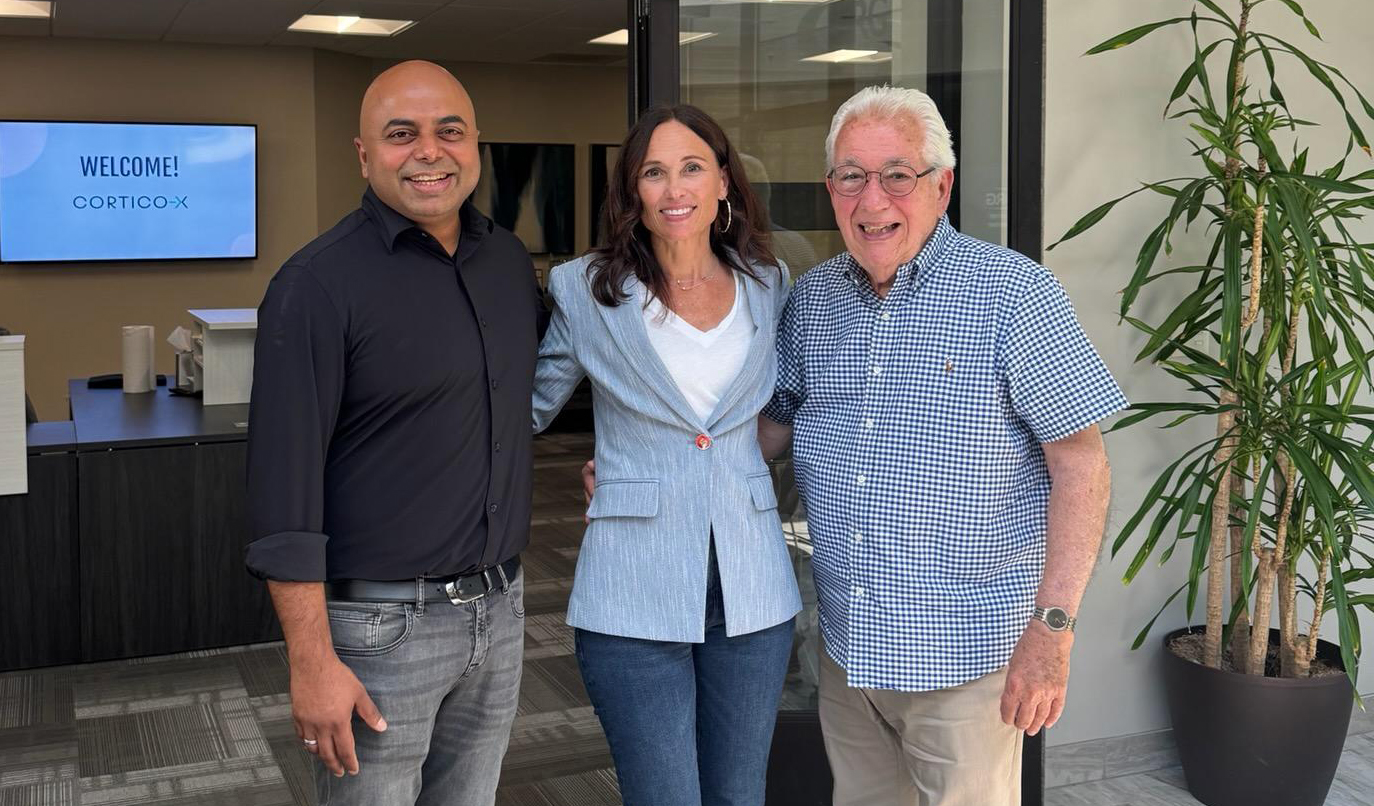The author Ethan Kross , psychologist, neuroscientist, author and professor at University of Michigan recently published a book called Shift. Shift explores how an individual can better understand and manage their emotions by truly understanding the role of emotions in daily functioning. The book further contends that by understanding and accepting our emotions, we can process them differently/productively and re-arrange our environments to function optimally.
Robyn and I had the opportunity to read this book at Acquis and Cortico-X and heard from Ethan directly about learning to shift our emotions through planned techniques we harness that help us process emotions constructively and in a way that supports our overall well-being.
In a world that is pushing us, calling on us to always be our best, and do more with less, we found this book very resonant, both as a person living in this world responding to our day-to-day experiences, and in our roles as business professionals, supporting our clients on their most ambitious journeys.
Ethan tells stories that create a colorful back drop to the emotional triggers and lessons learned that shape managing our emotions. Why is this so important to us? Well, we know at the core of what we do is work that appeals to our client’s emotions, thus impacting their employees’ alignment and engagement, and flow to the experiences their customers have.
We wanted to share our takeaways from Shift – and specifically our view on how these learning can help us in shaping employee and customer experiences that matter.
Alyson’s PoV
As a behavioral psychologist (well, where I started my career) I realize that to all situations, interactions, and environments that I exist in, there is an A – an antecedent; a B – behavior; and a C – consequence. I often process the A as the impetus or the foundation for setting up what the B is going to be, to the further, the C stemming from that situation. That is all easy to figure out. What is nebulous though is the emotional feeling tied to the A, a potential trigger that aids in processing how to respond with the B. That may sound like a word salad (not international). The middle state is the emotional response.
After reading Ethan’s book, I became even more convinced that understanding the emotional dynamics between any two points—whether people, situations, or circumstances—provides a powerful foundation for effective leadership and organizational design. This insight reinforces why investing time and resources to understand how employees interpret and respond to their work environment is essential. The critical questions worth exploring include: When faced with challenges, do employees respond with frustration, resilience, or self-doubt? How can organizations guide their people through transformative experiences that ultimately foster greater ownership, commitment, and engagement? Companies have a responsibility to carefully examine the links between emotional responses and behavioral outcomes. This emotional intelligence approach helps organizations identify what employees genuinely need during challenging periods, enabling the development of targeted interventions that retain talent and ensure the company plays an active, constructive role in shaping the employee experience throughout their daily work.
Robyn’s PoV
Ethan’s story in Chapter 7 – Relationship Shifters, especially resonated with me. Ethan mentions leading a class and asked for breakout volunteers. One set of leaders was asked to encourage collaboration while the other was asked to be “a**holes”. The cheerleaders were loud, talkative, laughing, and spontaneous. The a**hole group was grim, quiet, lacked eye contact and wasn’t making progress. There was social unease. Ethan validates we all know this outcome intellectually, but to experience it is a different thing. He noted the “rapid transmission of emotions can change how those around us feel, think and behave”.
The key message here is that one bad attitude can derail. Many can permanently derail an organization and/or change. I had flashbacks to influential culture changes AND misses in my career. The underlying current was always directly tied to the emotional contagion that was built. When positive, it can snowball. While everyone is ultimately accountable, we, as humans sparking changes, have an enormous accountability in shepherding the right emotional contagion. This will hold true as we step forward in an ever-changing world.
Ethan’s reminder was timely as I think about the turbulence in healthcare, the many disruptors, and the importance in this topic to have meaningful change.
Inspiring Change Through Empathy and Action
At one point in my career, I recall feeling overwhelmed with the size of my team and a system-wide change initiative. My mentor listened and effectively shifted my perspective to ramp up my investment in connections, understanding the people’s strengths and drivers at a base level to spread the emotional contagion. As a community, to inspire a transformative change in healthcare, we must ensure the right emotional contagion sticks, eliminating the negative contagion. This involves always listening, learning along the employee life cycle to understand, empower and act. Generating that positive emotional contagion means listening, learning, and demonstrating action. The playbook with the perfect plan won’t nail the change without a thoughtful shift to manage emotions. We can all, however, make a difference by remembering and reflecting on some key points from Shift:- Know who to go to for straight talk
- Deliver straight talk yourself
- Post listening, demonstrating empathy, be a perspective shifter for others
- Find those internal sensory shifters

Robyn Gilson
is a Vice President at Cortico-X and leads our Experience Management practice. She excels at turning customer feedback into useful business insights that produce measurable results while building stronger relationships with everyone involved in your business.

Alyson Daichendt
is a Vice President at Acquis Consulting, the parent organization for Cortico-X. Alyson specializes in Organization and Talent consulting. She helps clients enhance employee experience, drive engagement, and build great workplace cultures.











